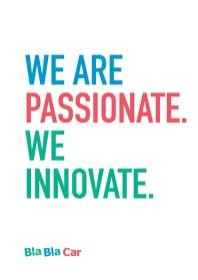
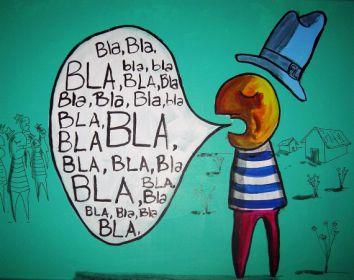
Nowadays, innovation is very in fashion. As a person, you should be innovative (creative?). A product should be innovative to tempt you to buy it (why?). Research should be dedicated to innovations (instead of discoveries?). Or even worse, boards of directors feel compelled to proclaim a “year of innovation” or ask their employees for vibrant new ideas. . . But for what?
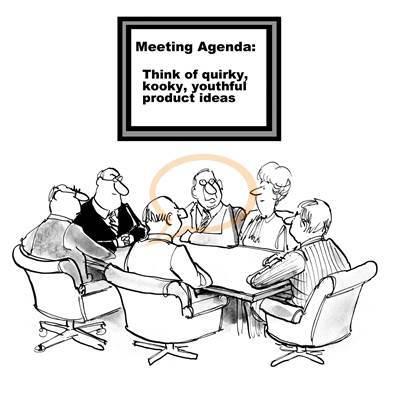
But what is innovative, what is an innovation?
Fifteen innovation experts gave their definitions of innovation: Executing an idea which addresses a specific challenge and achieves value for both the company and customer.
In our rather humourous Thinkibility nibble “Innovations that Complicate Things”, we suggested that some innovations seems to make things more complex, inconvenient, more costly or reduce value. Since then, we have seen tonnes of examples of so called innovations that actually reduces the quality of life. (P.S. Insert the last phrase into a search engine and you will get only examples of innovations that create value for people what illustrates the unconscious assumption that innovation is always good).
The definition contains four characteristics:
- An idea
- A challenge
- Value for the company
- Value for the customer
What is an idea?
Apart from philosophical speculations – where ideas are usually seen as mental representational images of some object – ideas are in our opinion a result of breaking standard thinking patterns. A thinking pattern consists of a fixed entry point (definition of a situation) and a set of assumptions (things taken for granted). Ideas that really break existing thinking patterns are often called disruptive, game-changing, breakthrough, blue ocean, out-of-the-box or even a new idea. Examples of this can be found in “What Big Data, What Information Dominance?”.
Many creative thinking techniques produce hundreds of ideas, but what’s a good idea? To explore this topic we wrote the posts: “What is a Really Good Idea?” and “Thinking outside the Sea Map”.
It takes time and effort to transform an idea into an innovation. That is why a distinction is made between the stages of idea generation, innovation development – making the idea practical, prototyping it, calculating the business case, setting up production, pre-marketing- and implementation. Each of the stages requires different organisation, cultures, project management tools.
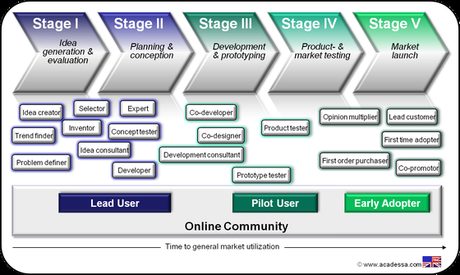
A challenge
An idea – to be practical- must satisfy a need. That might be:
- a problem: a gap between an existing situation and the desired situation
- an improvement
- an opportunity
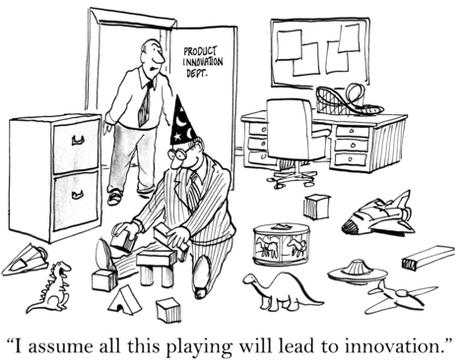
Seven triggers or sources for innovation are mentioned by Peter Drucker:

The usefulness of this overview of sources and triggers for innovation is not in the summary or description. You can actively check your product or service against a trigger: an occasion or even a necessity to innovate?
To read more about what the main triggers are that push people to innovate in the technical area, look here for an interesting article by Valeri Souchkov.
The biggest problem, however, remains the tendency to ignore challenges because it is unknowingly assumed that they are impossible. In “The Thinking Habits of Steve Jobs” we wrote: Jobs did not settle for less than more than best. He simply ignored practical objections. That drove his designers to extraordinary, hitherto considered impossible performance. Moreover, the ability to ignore generally accepted impossibilities was the main criterion to select employees.

Challenge implies that there is a call to someone to participate in a competitive situation or fight to decide who is superior in terms of ability or strength, or that a task or situation is waiting that tests someone’s abilities. This is rather passive, but challenges can also be created deliberately: Create Opportunities.
Value for the company and value for the customer
Some posts that explore the concept of Value are:
- Value Engineering
- Thinking about Value
- Creative Marketing
- Trends in Innovation – Think Inside The Box!
In general, values are not coming by itself, they should be designed.
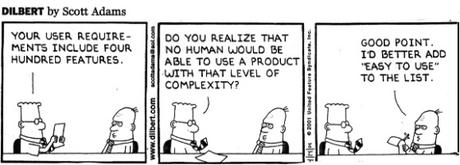
Can you design something so that people stay politically engaged? How would you design a fabric that is made out of waste? What if it was possible to design a spot where people feel safe? Or a game that provides people suffering from Alzheimer game with a channel of communication? (To our post about New Brave Design Thinking Approach)
What is at heart of design when you design a hospital or health care systems? (To our post Empathy and Design Thinking)
In summary
In other words, we could say that an innovation consists of a new combination of
- a function – the innovation has the purpose of satisfying a need
- a principle – there is a mechanism or idea how to deliver that function
- a market – the innovation has a value that can be traded.
But still remains the question: “When is an innovation really breaking patterns more than other innovations?. When is an innovation incremental? When radical? When is a technical solution just more-of-the-same routine engineering? What is the difference with a scientific invention? When is it patentable?
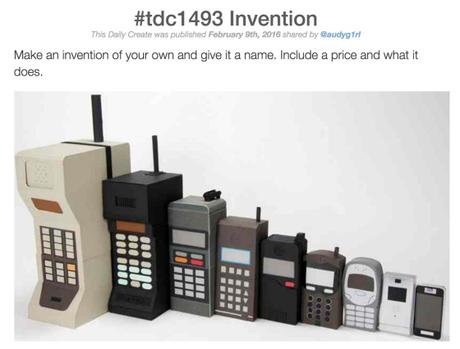
Not-an-innovation
See our next blog post and don’t forget to subscribe.
Advertisements